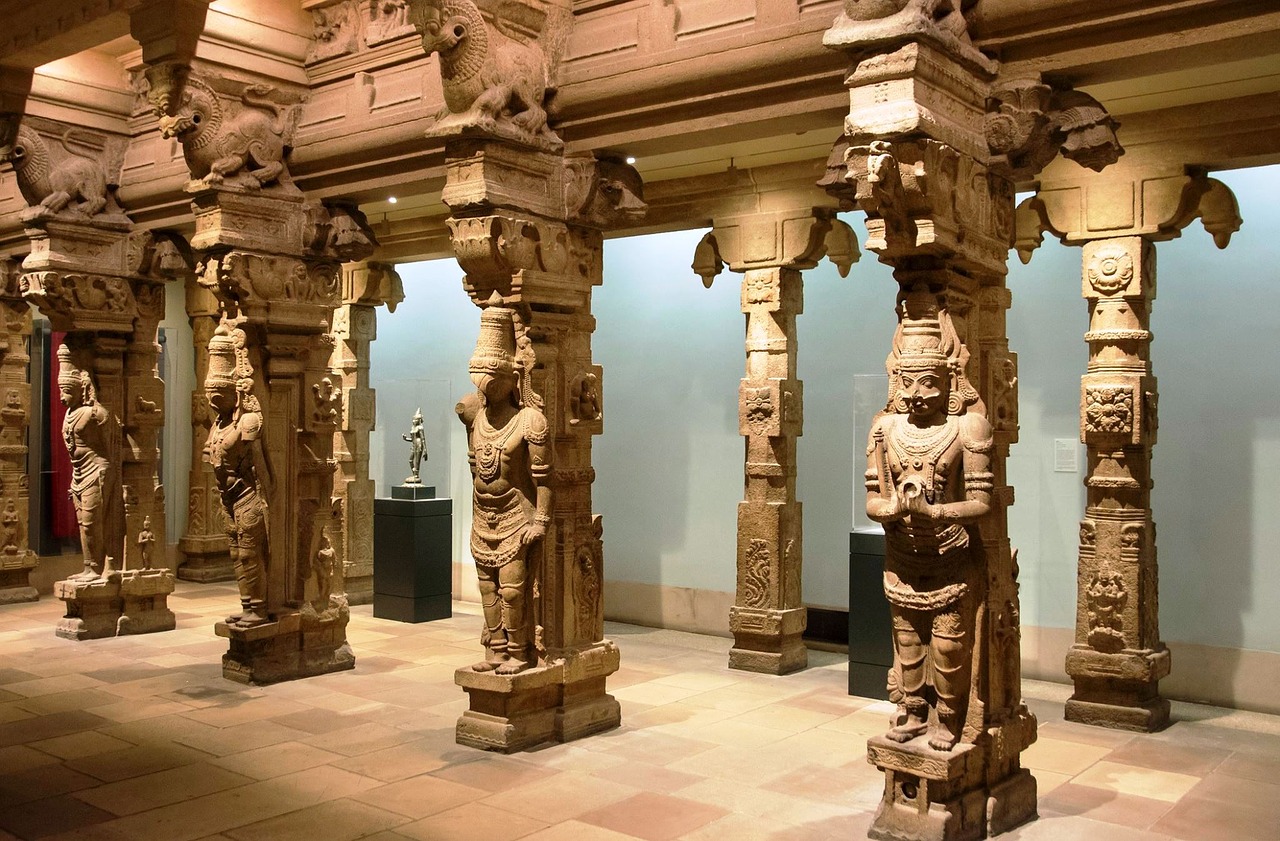
The Gupta Empire spanned across the northern, central and southern regions of the Indian subcontinent between 320 CE and 550 CE (Common Era). The period is known for its accomplishment in arts and architecture, science and religion, as well as philosophy.
The earliest signs of the Gupta Dynasty can be traced back to Srigupta, who was a regional monarch at the time, established the dynasty in circa 240 CE.
Chandragupta (320-335 CE) was mostly responsible for the expansion of this empire. He rose to prominence as the first sovereign ruler of the empire. His reign marked the end of more than half a millennia of provincial powers.
The ascendancy of the Gupta Empire marked a period of progress that flowed into the next two hundred and fifty years. This period became known as the Golden Age in India’s rich and prosperous history.
However, 550 CE marked the end of the Gupta Empire, after it was invaded by the Huna clans. This invasion led to disintegration, and soon after, the Empire fell into many regional kingdoms.
The most famous Gupta rulers were Chandragupta I and Samudragupta.
The son of Ghatotkacha, Chandragupta was known for utilizing his army effectively. He was gifted abundant mines of iron ores, courtesy of his union with Licchhavi Princess Kumaradevi. Using this means at his disposal, Chandragupta and his kingdom were able to thrive.
Metallurgy was showing promising signs of growth and forged iron was able to meet not just internal demands, but also became a priceless commodity in trade. Combining his cavalry with his resources, Chandragupta and his forces proved too strong for other ruling factions in the region. They subjugated one after the other as the Gupta Empire began in earnest and expanded all the way to Allahabad.
In circa 335 to 375 CE, Chandragupta the first was succeeded by his son Samudragupta. He was known by his subordinates as a master tactician and military genius. Upon ascending to the throne of the Gupta Empire, Samudragupta began an aggressive expansion of the kingdom.
He conquered the remaining regions of North India and then turned his attention to the south. By the time his reign ended, Samudragupta was able to capture parts of southern India as well. During his time the empire spanned from the Himalayas in the north to the south of Krishna and Godavari rivers in the south and from Afghanistan in the west to the Brahmaputra river in the east.
Information about Amita Vadlamudi and some of her other articles may be found on these websites: